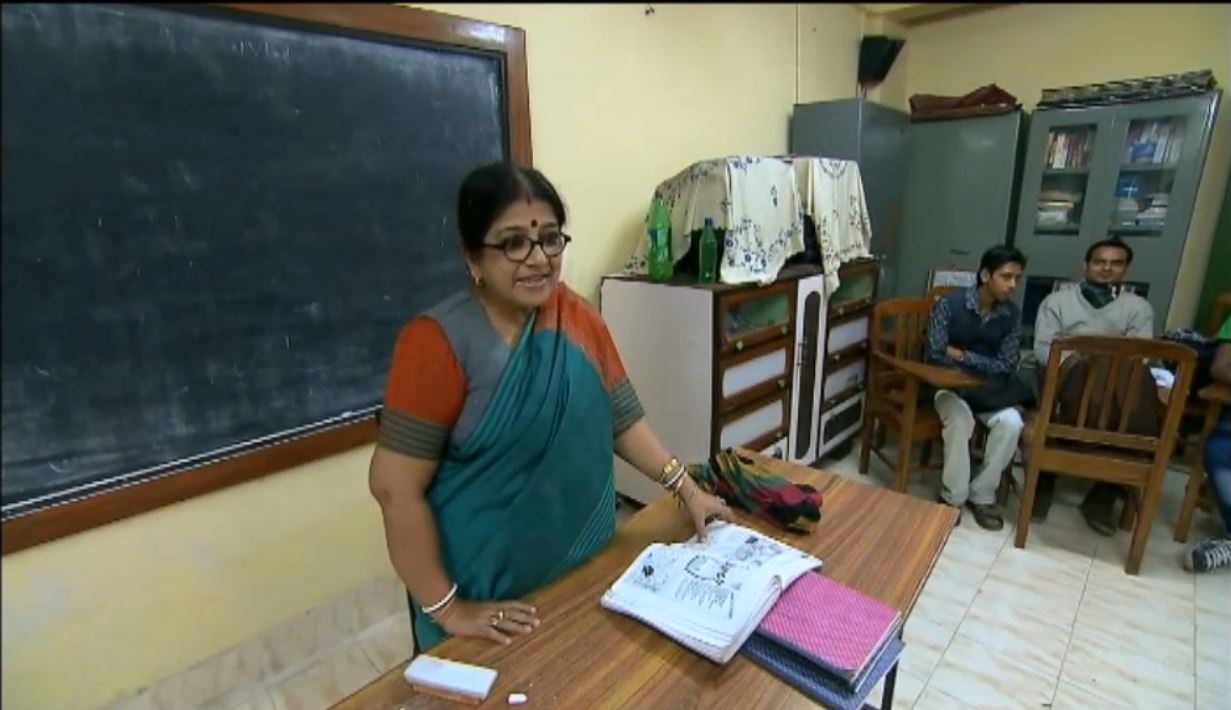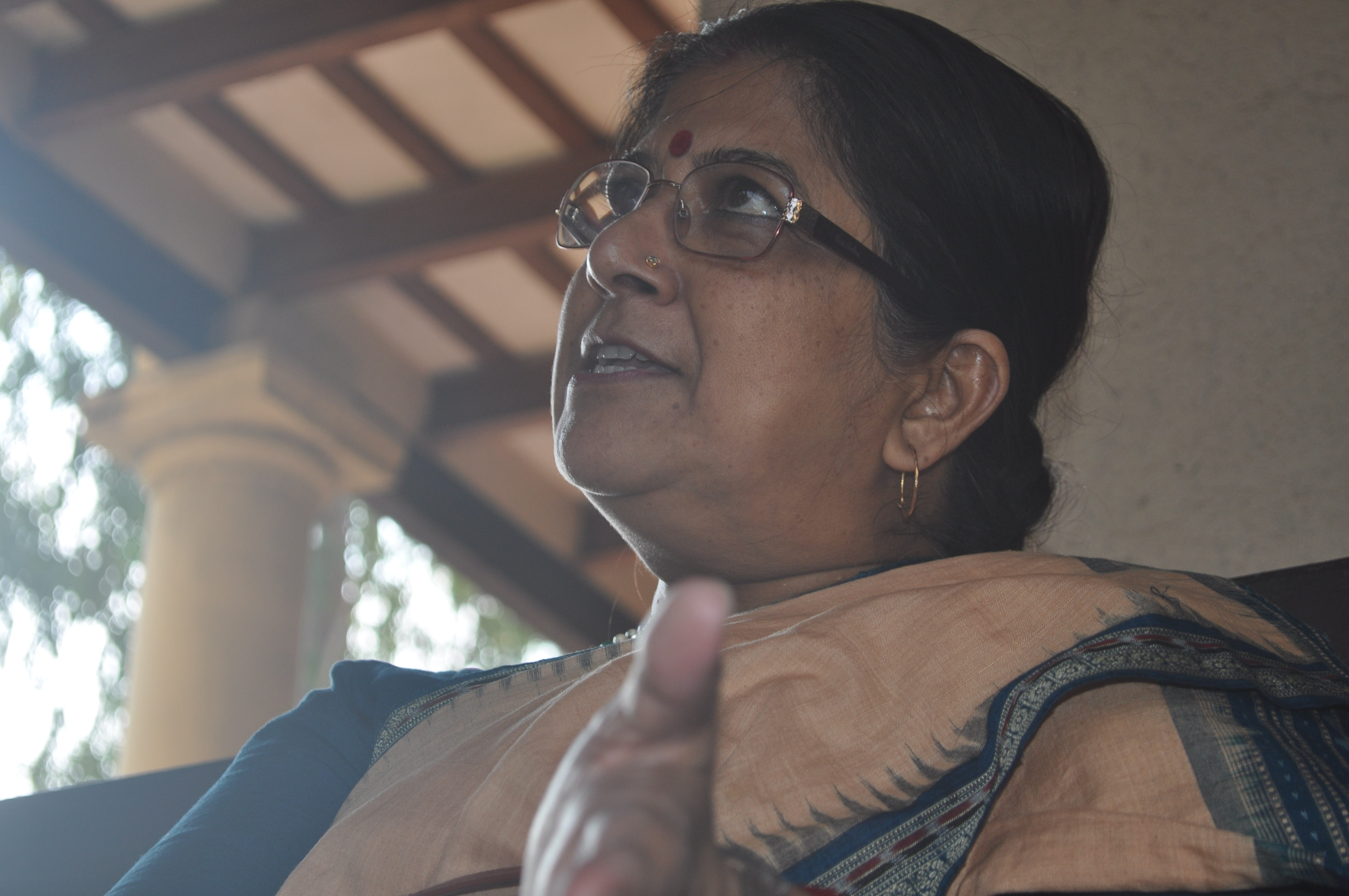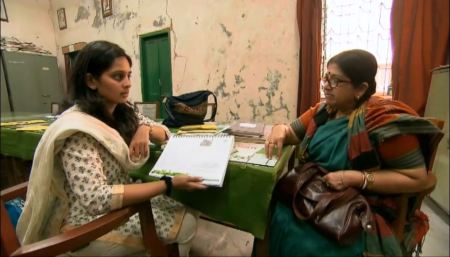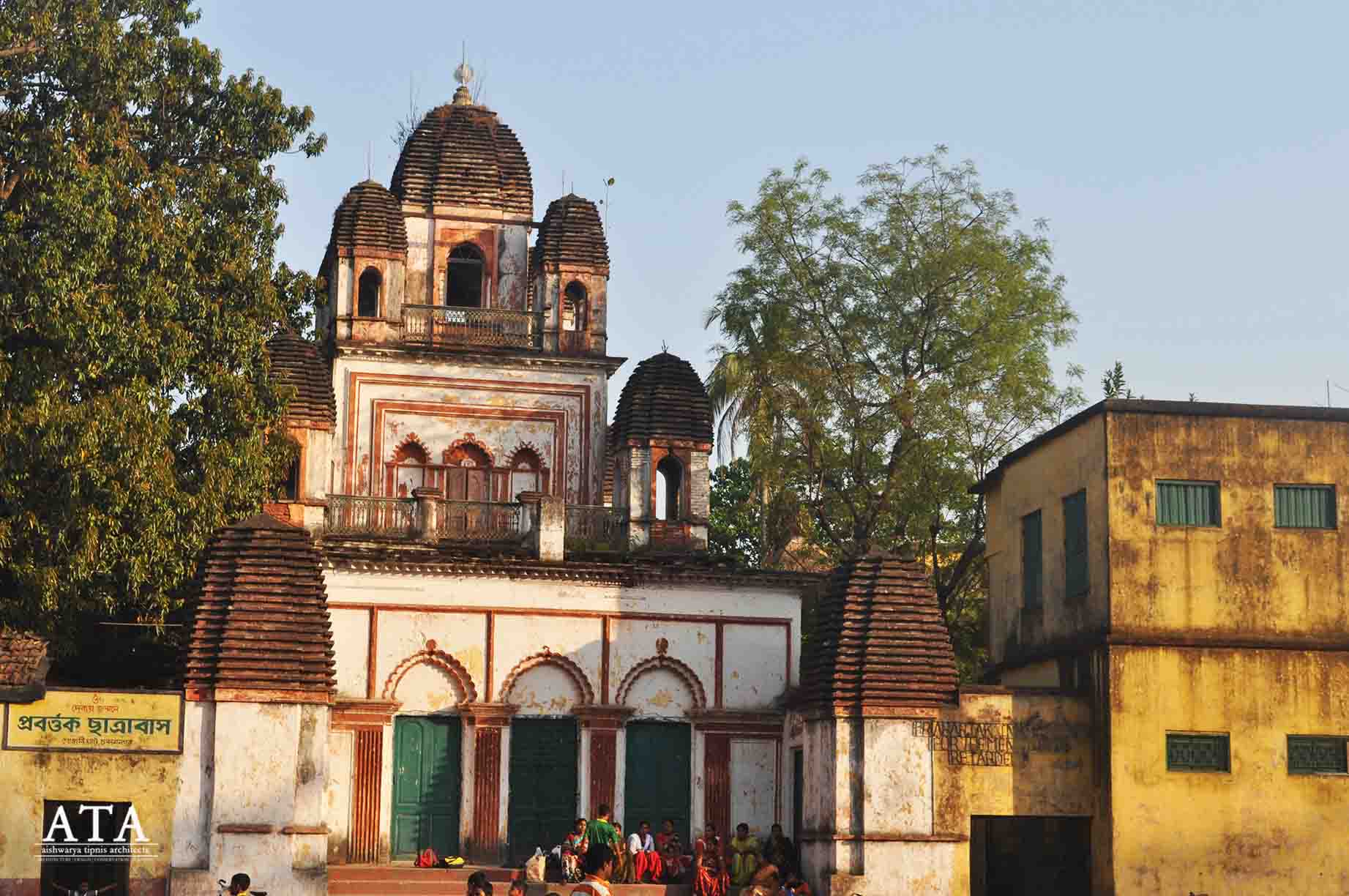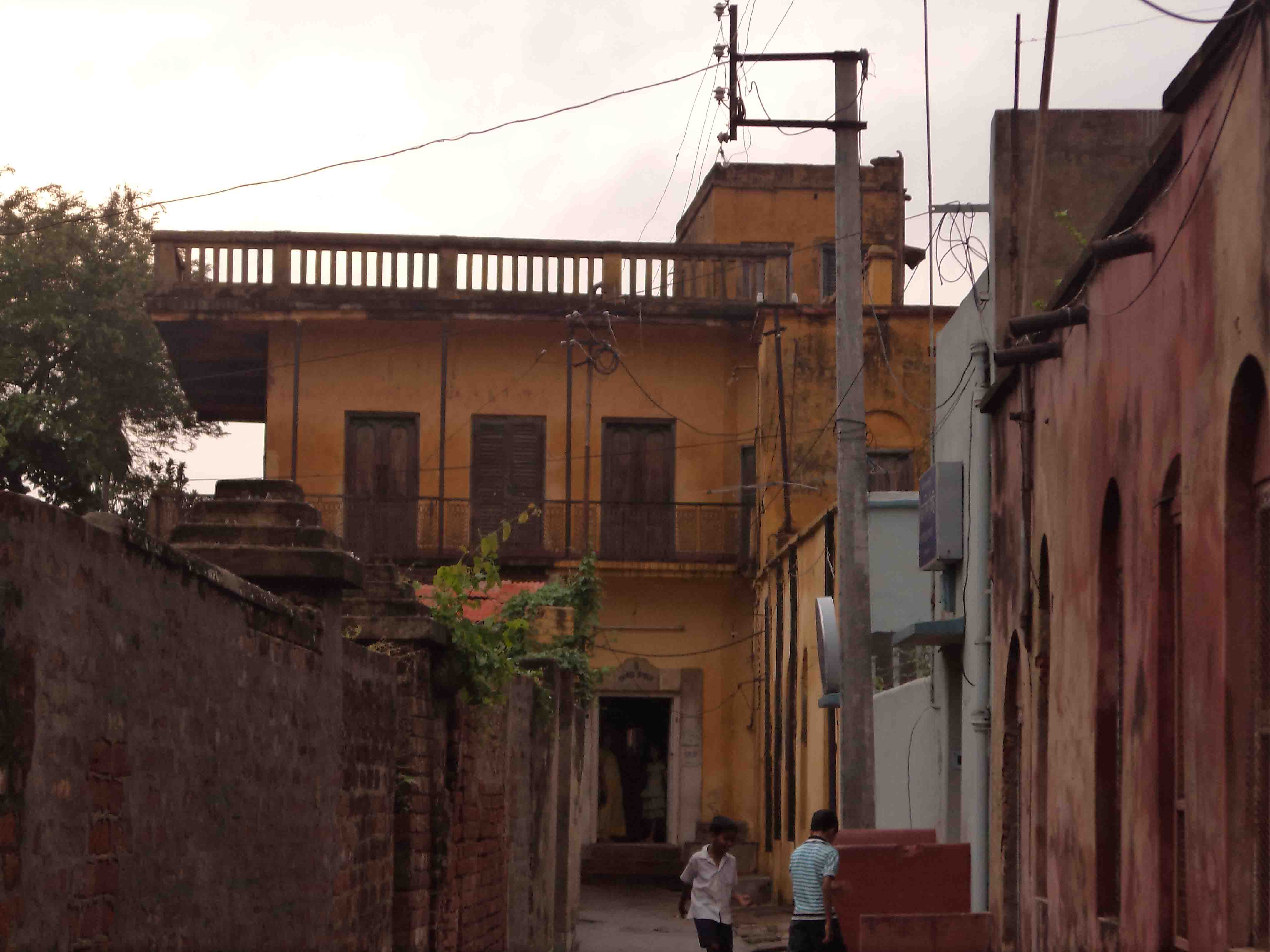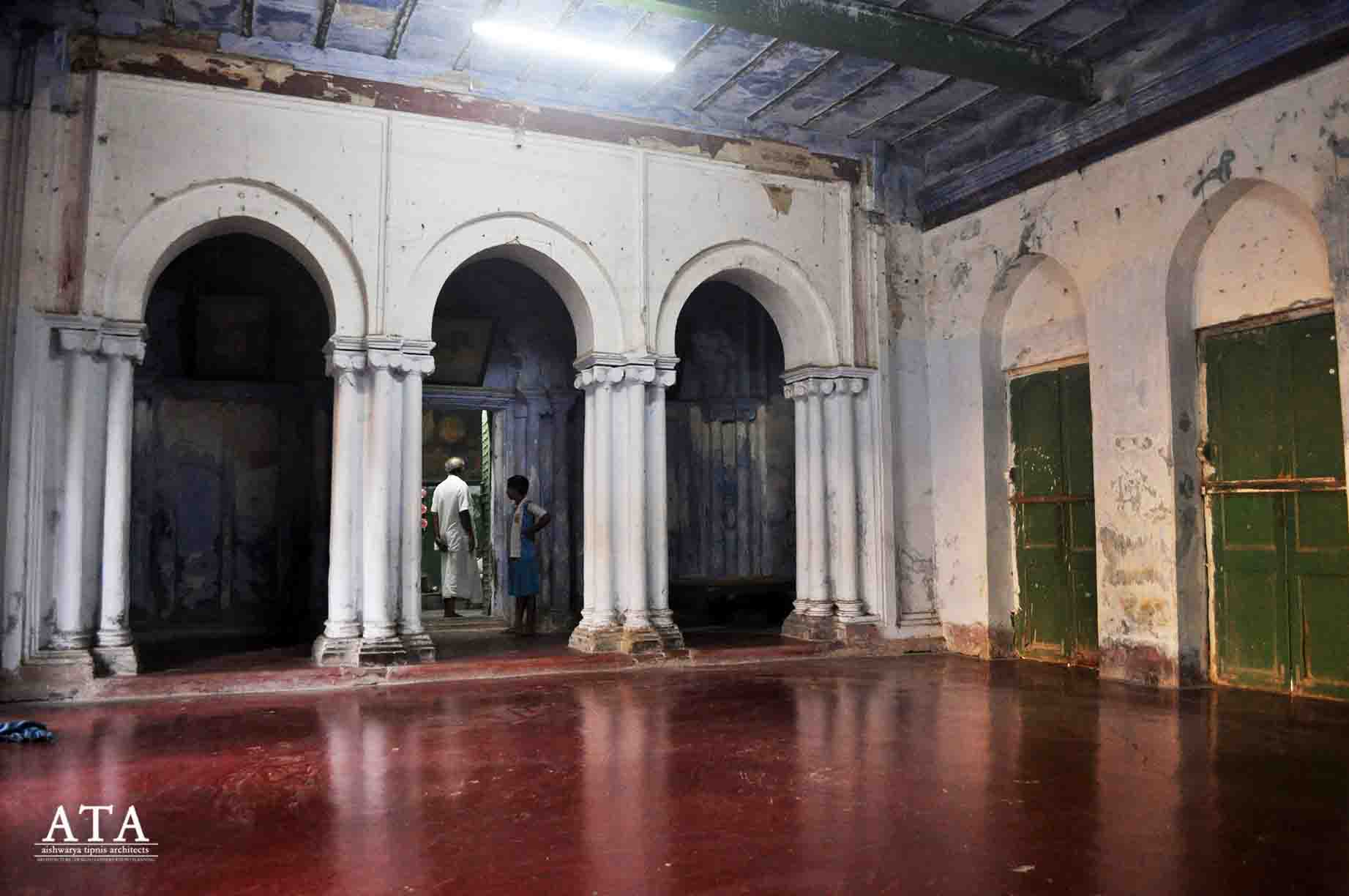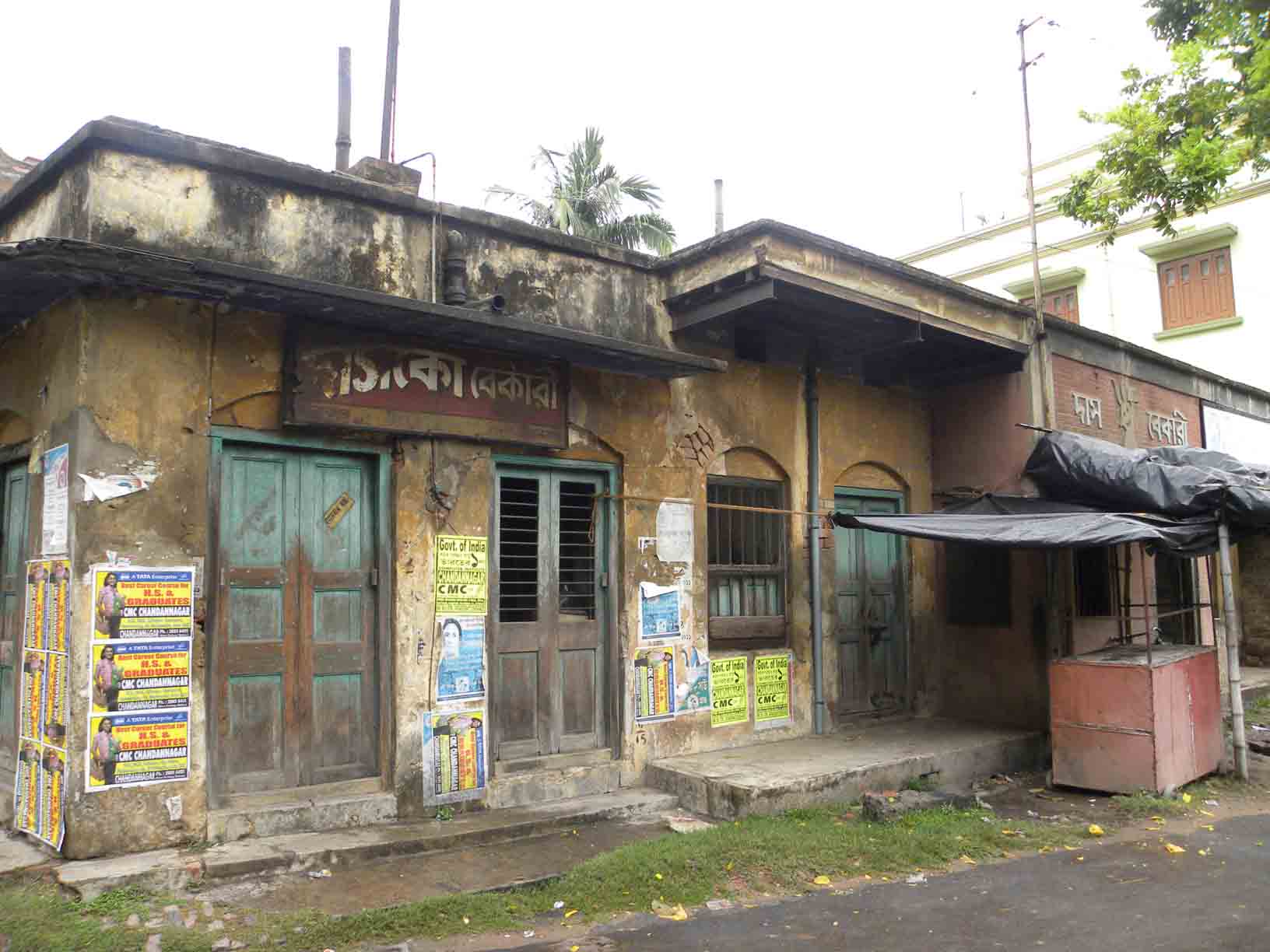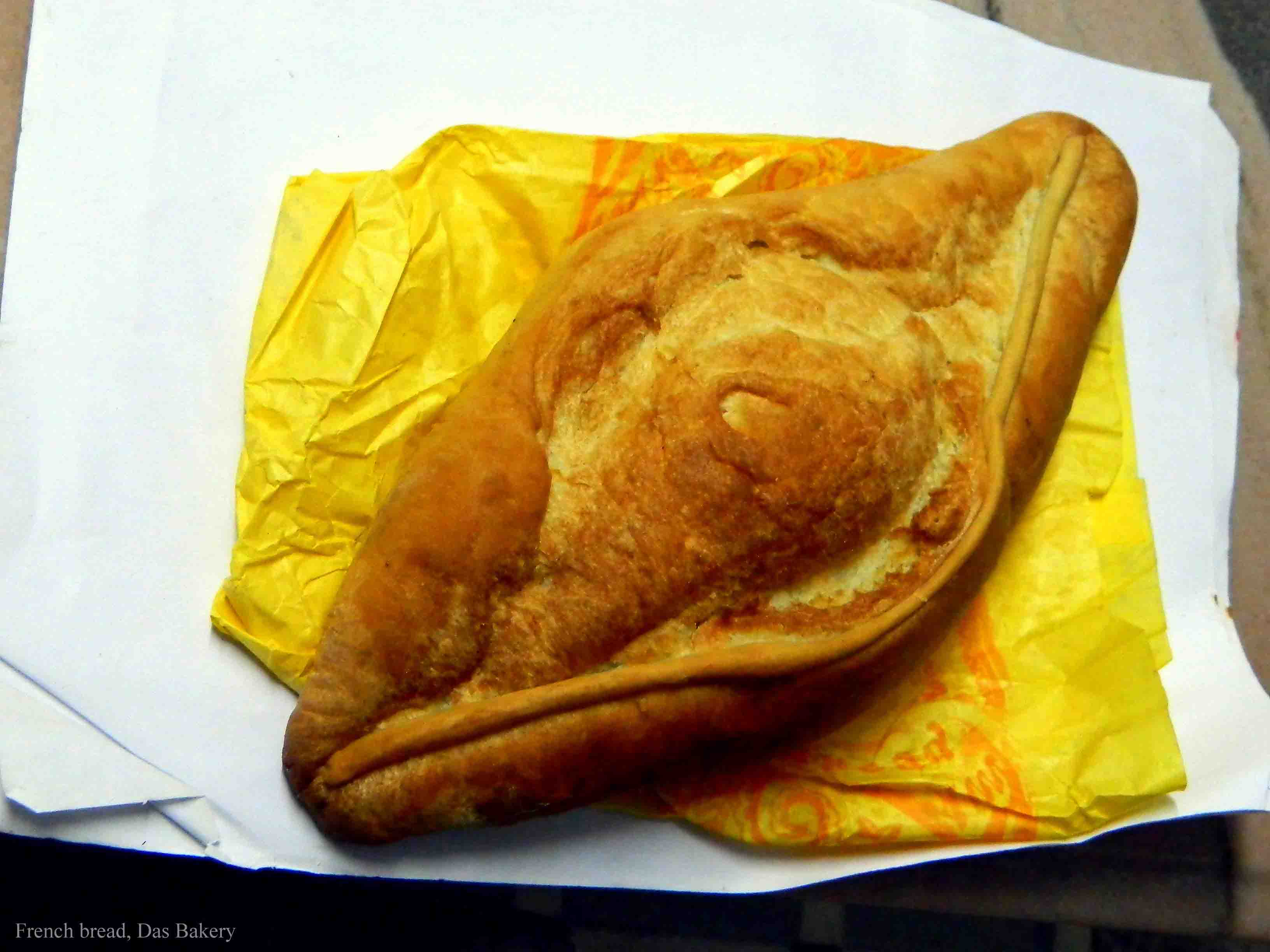Heritage & People of Chandernagore Team
Chandernagore is one of those dormant historical witnesses that remained untouched since ages. But that did not subdue the glamour it possessed as one of the richest French colony. Not only financially but also with several historical figures. Walking through the place dotted with profound architectures that reminds us of its fading glory history offered us the name of Dourga Chorone Roquitte. One of the many well-known business men of his time, Rakshit constituted the upper class of the French Chandernagore. Their glory, now subdued still peeks from behind the crevices of the multi facade mansion at Lal Bagan. Our visit to the Rakshits exposed a lot of it, as Debi Charone Roquitte and Partha Charan rakshit narrated the history of the family.

The introduction of weaving and textile industry at Chandernagore was the work of Jagannath Bhar, a resident of Saptagram, who shifted to Chandernagore to seek shelter under the French government from the borgis. Indian Textile being high on demand, mainly among the Europeans served as a catalyst to the flourishing of textile trade. Though the exact date of the migration, of the Rakshits from their homeland at Bhandarhati village near Tarakeshwar to Chandernagore; cannot be traced, but that they belonged to the tantubaya clan gives the idea that the lucrative weaving business tempted them. Dourga Chorone Roquitte (a French way of writing Durga Charan Rakshit)’s father Govinda Chandra joined a job at Kolkata. Working initially as an order supplier to a French shipping company he soon became a ‘mutsuddi’or ‘baniyan’(collector of dues of the sold goods from the consumer) in Cama Lamoru and Co.
The story goes that Govinda Chandra had helped Cama in his bad times and then onwards began a deep relation of Cama with the Rakshit family which had severe effects in the life of dourga charone, especially after the death of Govindachandra.
Born on 26th September, 1841at the very residence of Lalbagan, Dourga Charone went to a village school. Govinda Chandra’s death in cholera in the year 1851 changed the fate of the Rakshit family. Being the eldest of the two siblings Dourga Chorone was burdened with responsibilities. Preceeding his father’s death Dourga charone’s mother, a strong woman as she was raised the kids single handedly. A new chapter of his life began under the guidance of Cama who returned to chandernagore to help the family.
Cama made him well versed in French from a school near laldighi and later took him to Calcutta with the intension of employing him in his firm. His command over language was seen in the letters written by him to the chamber of Deputies and chamber of Senetors in his later years. Thus began his career at Calcutta,
At an early age of 14, Roquitte joined Cama Lamoru and Co. as an assistant treasurer to Ishwar Chandra Das. Some scam in the company disappointed Roquite which led him to leave the job and start his business. Thus began the journey of Douga charone Roquite as a business man.
It is said when Dourga began his business, he was at a loss of capital to invest, but soon his hard work and dedication bore fruits. Initially He started a cloth business with Pranakrishna(brother of Nabakrishna from Radhabajar, Kolkata) as a partner, which earned him a profit of Rs. 2200.
Soon Roquitte became the first exporter of Indian goods to foreign countries. Business flourished and Roquitte started exporting goods like paddy, tea, pulses, mustard, oil, textile, opium, poppy seeds, ghee indigo, and gunny bags in exchange for paint, medicines, metals and alcohol. Trading relation began spreading, starting with France, it soon had countries like Malaysia, Yangon (Rangoon), Trinidad, Hong Kong, Jamaica, Metternich, Egypt, and Mauritius, coming in. The imports were distributed all over in India and Dourga Chorone’s shop at 1, World Court House Lane Kolkata was an agent in this. Indian objects being high in demand among foreigners saw a chunk of foreign customers flocking at the shop. His products gained popularity among French women and therefore soon Roquitte had to hire foreigners beside Indians to work in his shop. Getting goods at a very cheap rate help him further to increase the profit margin.
The flourishing business led him to invest in the development of his homeland and thus began the social development for the people at Chandernagore.
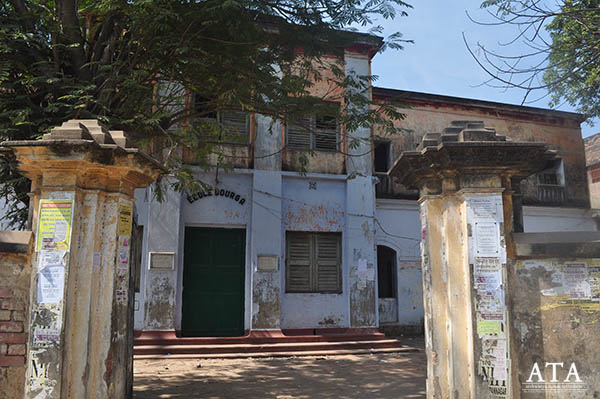
Roquitte began by opening ‘Ecole Durga’ school for boys under his teacher Guru Gopal Chandra Das. Apart from the free medical store an Ayurvedic medical store was also started by him at Haldarpara under Ramhari Pal with Krishna Chandra as his assistant. It was revealed by Debi Chorone Roquitte(great grandson of Dourga Charone Roquitte) that on Sundays Roquitte met poor and needy to help them with money and goods. Once, it was said people of chandernagore were reduced to begging due to sudden rise in the price of paddy. Dourga supplied paddy to chandernagore from outside to help them.
Dourga Chorone often went on pilgrimages with a huge group of people and bore all their expenses on himself, taking care of all their needs. The healthy relation with French government made them send their men at major stations to take care of the entourage.
At a very young age he was a part of the municipal committee and a member of the Counsel of Generals . As we came to know from the family members Dourga Charone used his good relation with the government to help the people in distress. For instance the law that ordered man of the family to participate in the war was stopped at the request of Roquite who was grieved to see his men in distress. Debi Chorone recollects how the French officials would visit Rakshit Bhavan to meet Dourga Charone. His good work and healthy relation with the French government earned him several titles. He received Officer d’Academie literary society of Paris, Chevalier de l’ordre royal du Cambodge from Cambodge, and finally the legendary Chevalier de la d’honneur from French government on 6th June 1896.
Behind all the successes, there were dreams that failed and left unfulfilled. His dream of to overcome the water crisis at chandernagore through several means failed resulting in huge loss. His dream of constructing a Ghat was later fulfilled by his son – Shyama Charan Rakshit with the 20,000 he kept for the purpose. The Jetty that we see today is just a smaller version of the whole creation which originally extended up to the mid-point of the river for the purpose of transaction.
Dourga Chorone celebrated all occasions with his people and included the whole chandernagore in it. Free clothes and blankets were distributed among the poor at all the occasions.
At a very early age of 56 he was diagnosed with small pox. He decided to shift to Beneras. He breathed his last on 27th August 1898. At his death ceremony the French government send their regiment to pay him salute. As has been said he was the only one to receive such an honour.
After his death, according to his wish the family contimued to maintain the plethora of celebrations with equal grandeur. Being an well organised man he had equally divided his property among his children later due to mismanagement a lot of it were sold. After him his grandson, Tulsi Charan Rakshit was appointed the mayor under the foreign government. But unfortunately the glory of the family was short lived and with the death of Dourga Charone the fall had began which increased its pace with the later generation. As Mr. Partha Charone Rakshit, grieves the upcoming end of the history. The busy life of the modern day generations have left the palatial building and its saga unsaid. Further the fall in the business led to severe financial crisis that made it difficult for them to live up to their standards. Therefore a lot had to be cut down. Partha Charan Rakshit told us the unfortunate consequences taking its effect on the building but still Rakshits are able to maintain the wonderful architectural creation.
It was through Debi Charone Roquite and Partha Charan Rakshit that a lot was unveiled. Unfortunately with the death of Dourga Charone the family lost not only its prosperity but also its grandeur. What presently remains is just a mere residue of a glorious past.
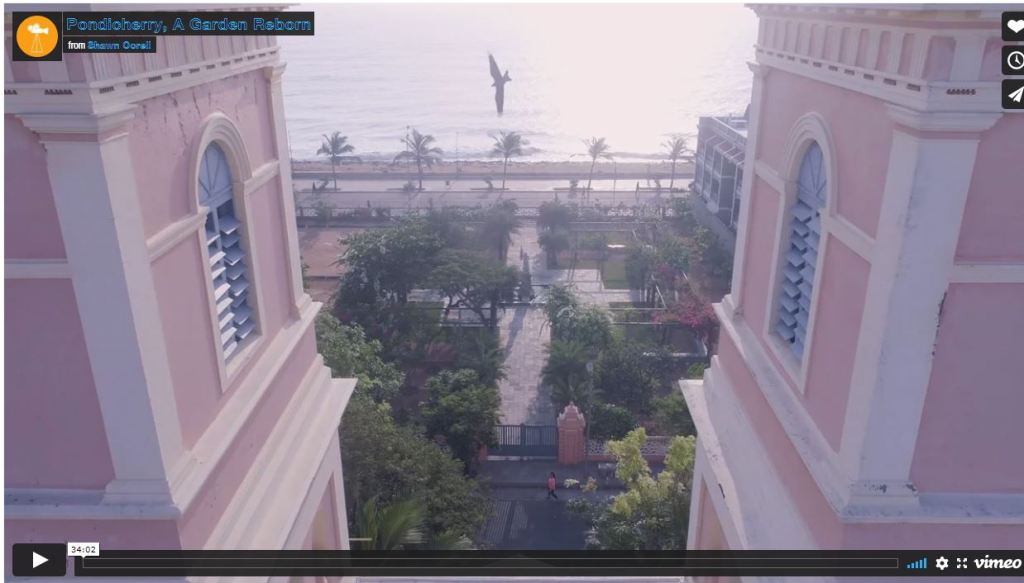

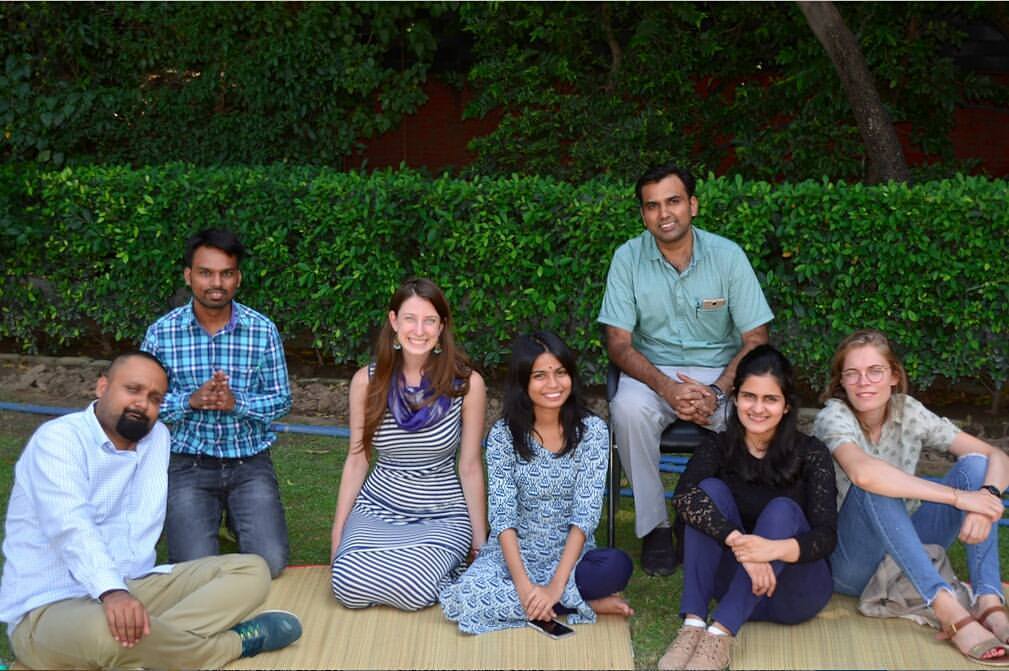
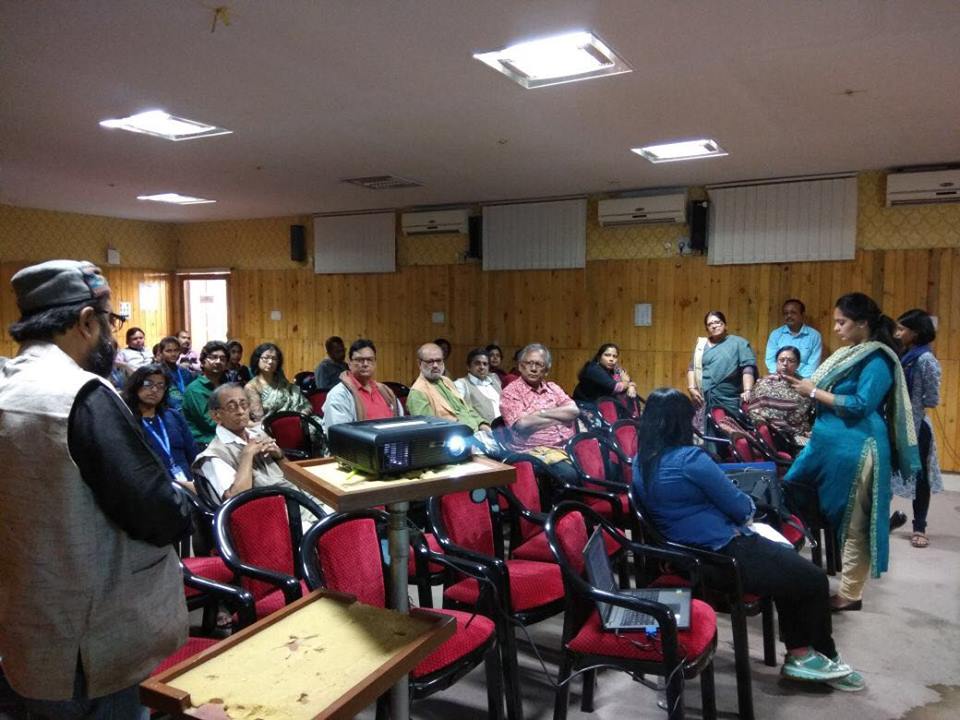

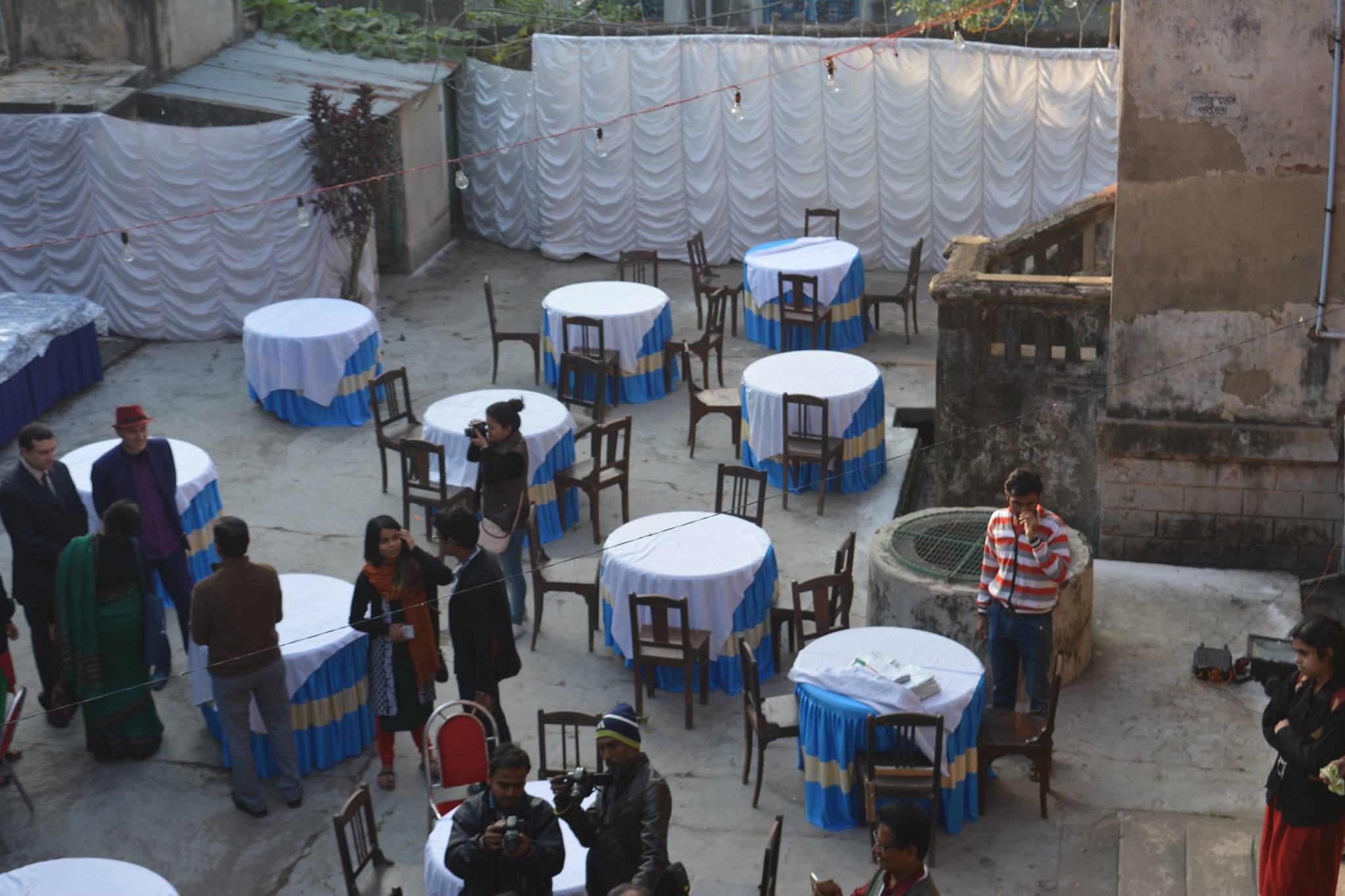
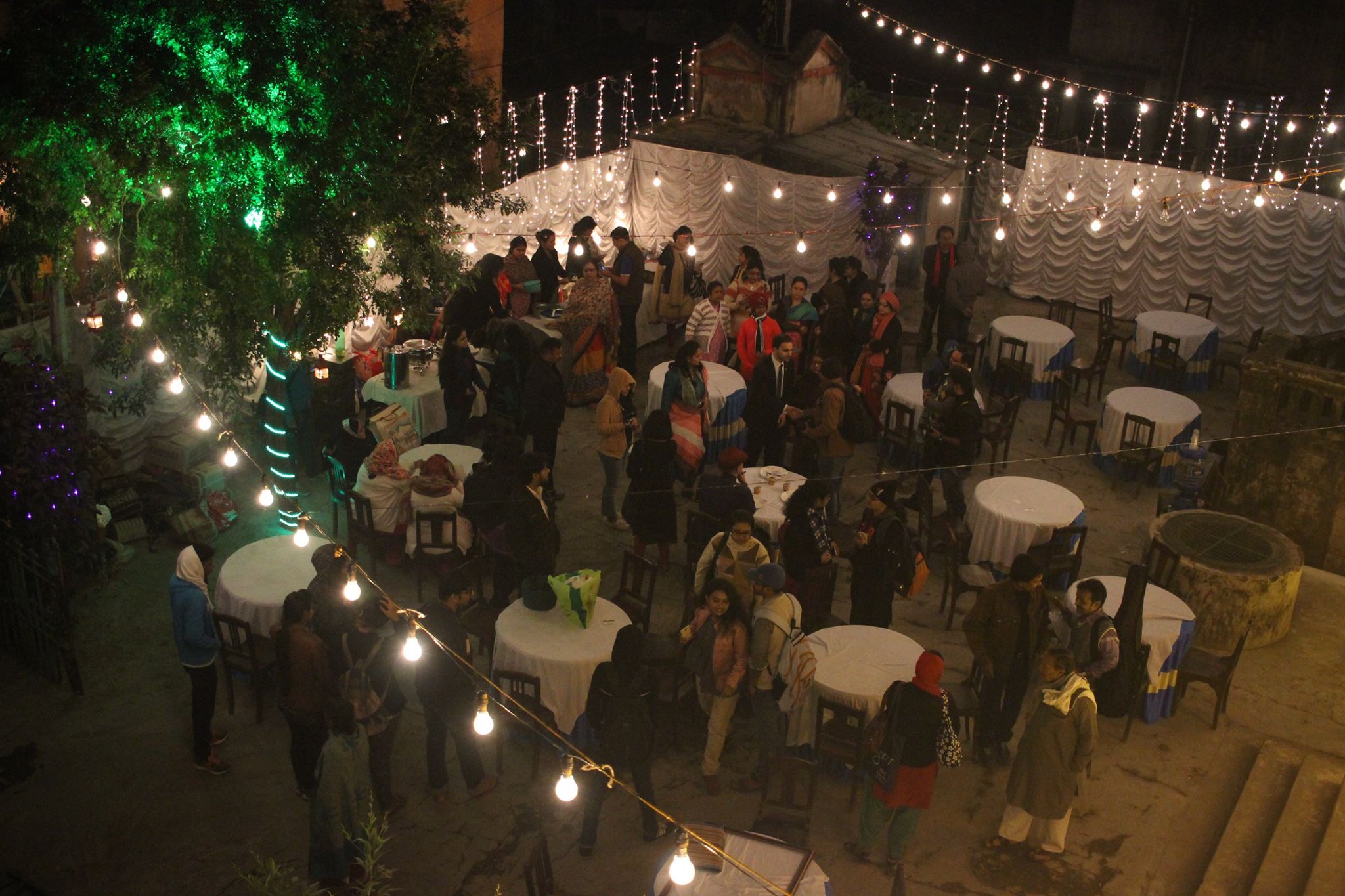
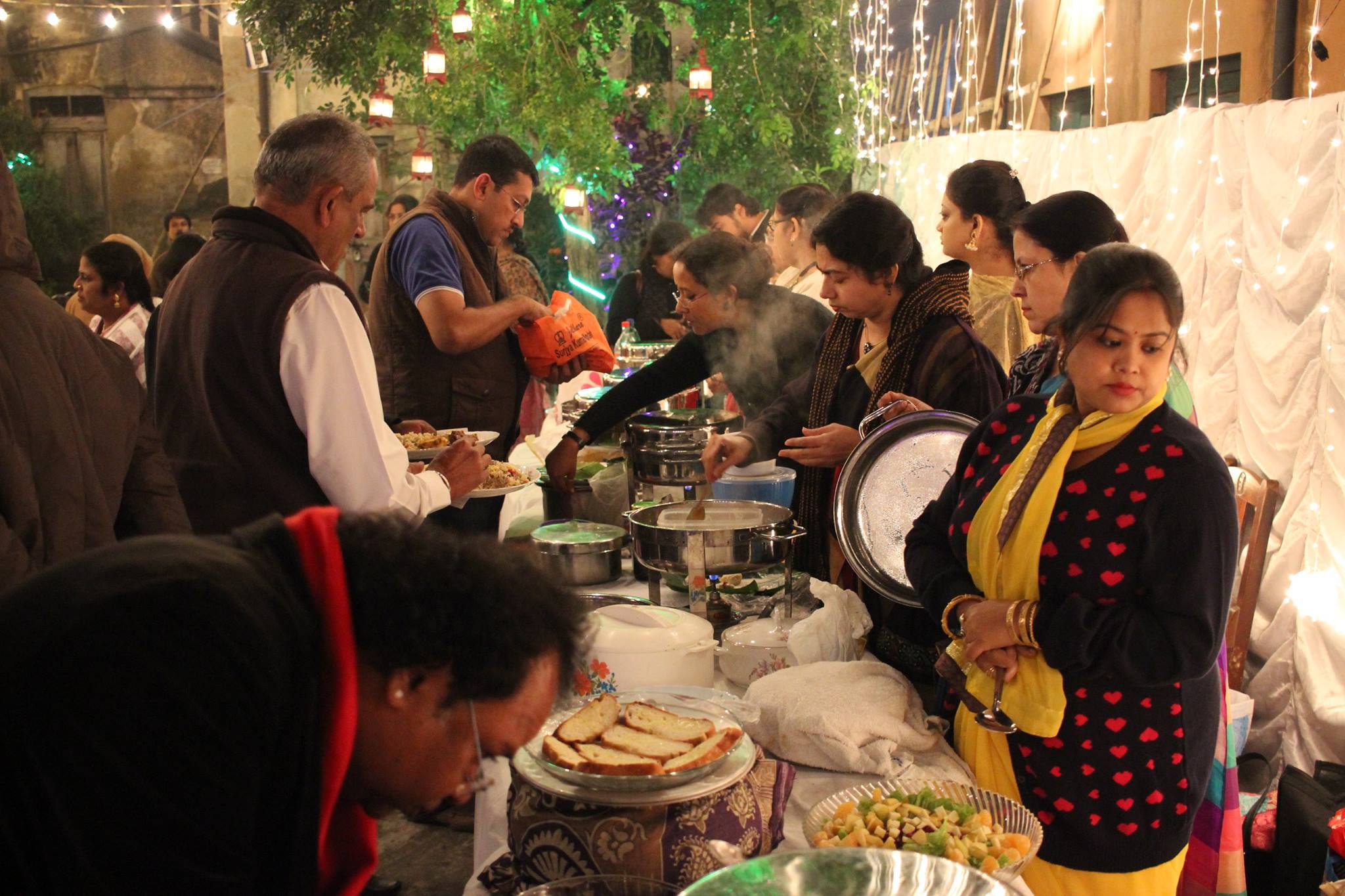
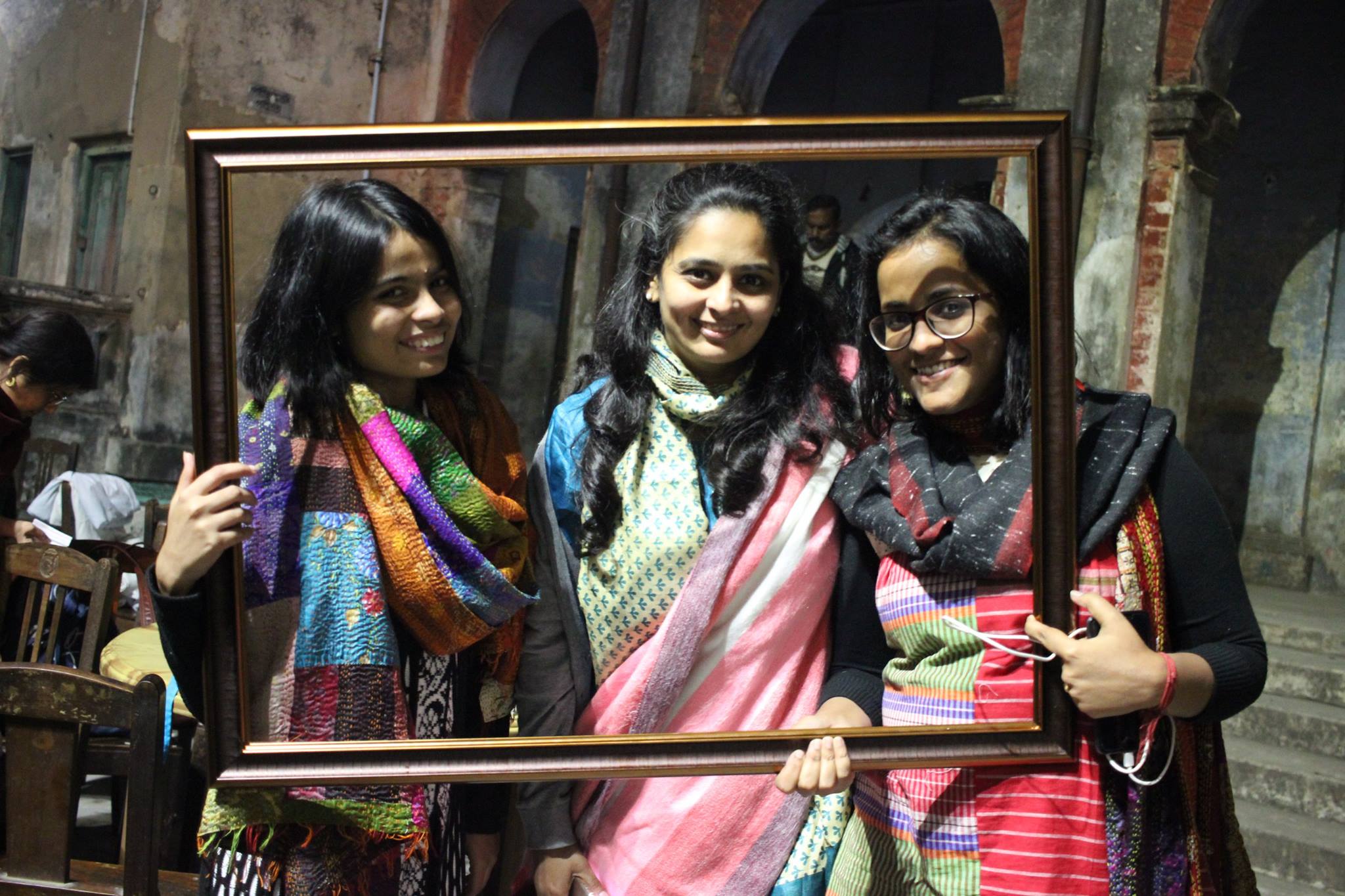
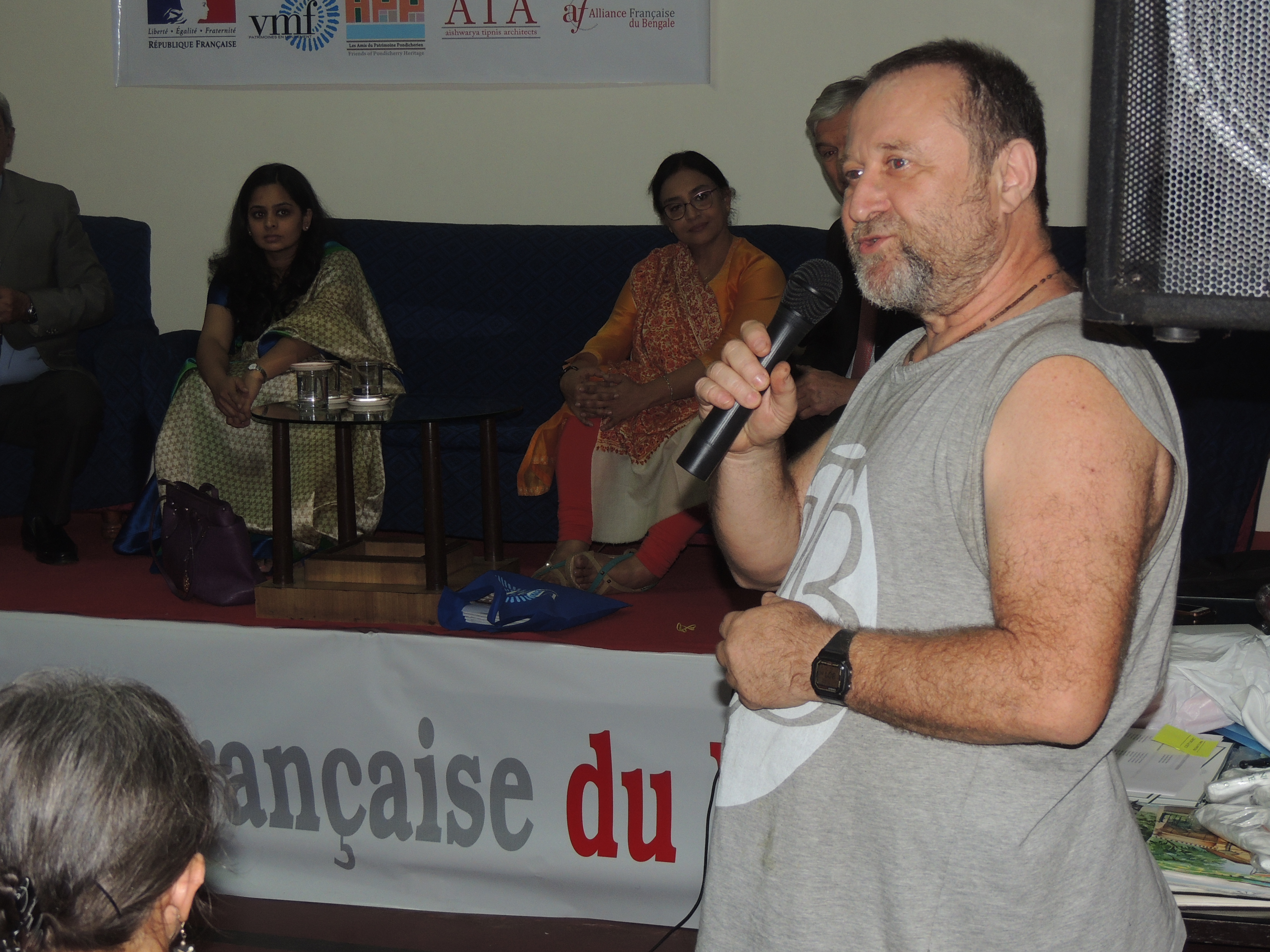
 Chandernagore is a place dotted with temples most of which holds immense amount of historical value. Our visit to Neelkantheshwar temple revealed the untold secrets behind it. On interviewing Sampa Bannerjee, one of the present owners of the temple, was revealed the account of the place.
Chandernagore is a place dotted with temples most of which holds immense amount of historical value. Our visit to Neelkantheshwar temple revealed the untold secrets behind it. On interviewing Sampa Bannerjee, one of the present owners of the temple, was revealed the account of the place.




